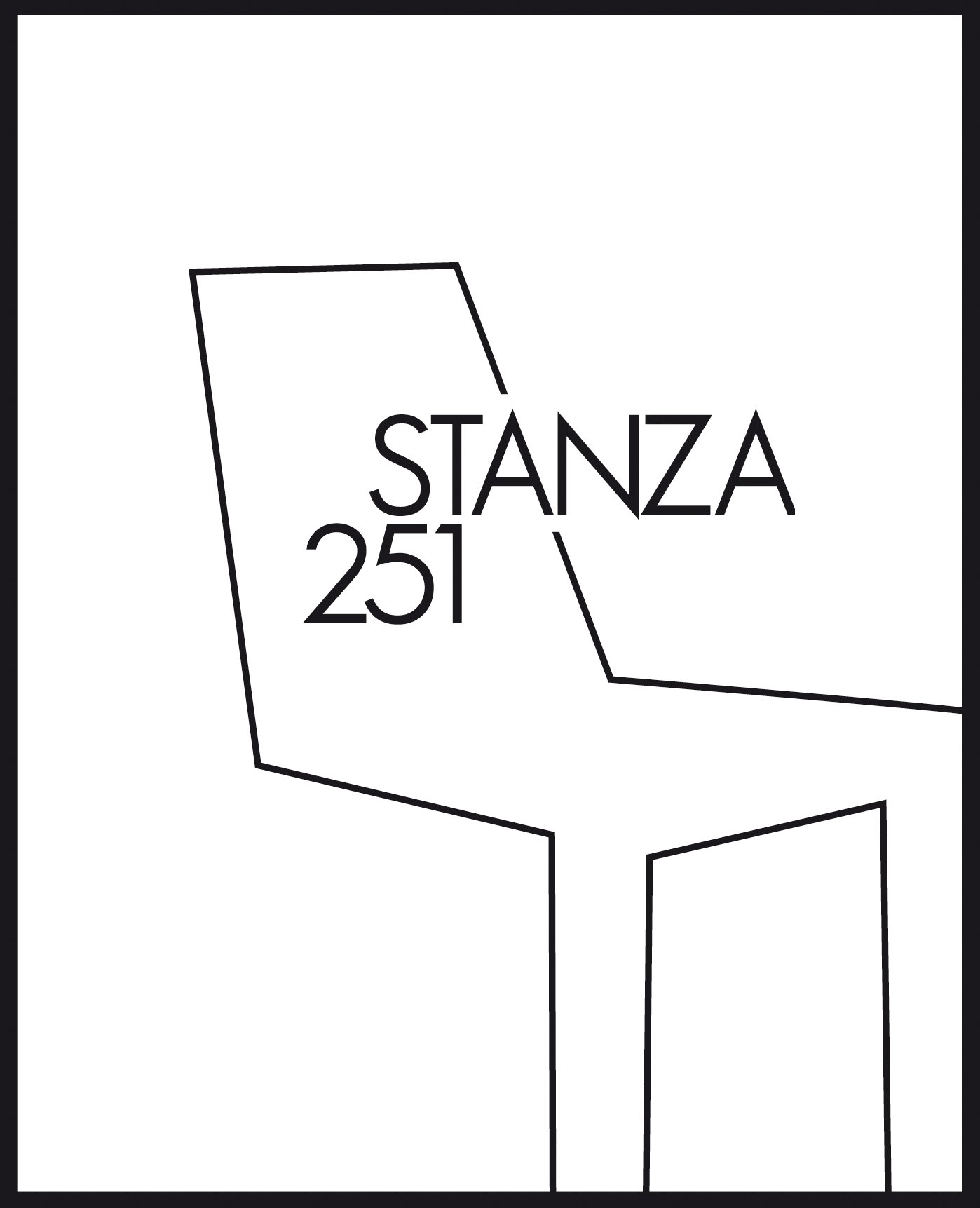Carlo Zei
Una fotografia che si sviluppa a partire da salde premesse di impianto realistico, la volontà sembra quella di identificare ed estrarre dal gran teatro del mondo una serie di oggetti selezionati che possano elevarsi ad emblemi. Le scritte eloquenti ("La certezza") lasciate sopra il muro di un quartiere di periferia, i dettagli meccanici custoditi all'interno di una macchina misteriosa, una platea di sedili vuoti – corrosi dalle intemperie – all'interno di una deserta arena all'aperto. Visioni restituite in un bianco e nero denso, spesso molto contrastato, con ombre nerissime che possono acquistare il peso di lastre impenetrabili e diventare protagoniste dell'immagine. Probabilmente è proprio l'uso del bianco e nero ad allontanare il lavoro fotografico di Carlo Zei dal realismo che pareva lo spessore principale delle immagini. A guardare meglio, l'atmosfera si fa più sospesa, il significato delle rappresentazioni più incerto. L'esperienza concreta (il muro, il cortile, quella antica porta socchiusa) si apre a differenti interpretazioni. Riflessioni sul trascorrere del tempo e sul nostro rapporto con gli oggetti. Generate da una fredda passione analitica, queste fotografie nascondono una cifra che brucia.
A photograph that develops from firm premises of a realistic framework, the desire seems to be to identify and extract from the grand theater of the world a series of selected objects that can rise to emblems. The eloquent inscriptions ("The Certainty") left above the wall of a suburban neighborhood, the mechanical details kept inside a mysterious machine, a stalls of empty seats - corroded by the weather - inside a deserted outdoor arena. Visions rendered in dense black and white, often highly contrasted, with very black shadows that can take on the weight of impenetrable sheets and become the protagonists of the image. It is probably the use of black and white that distances Carlo Zei's photographic work from the realism that seemed to be the main depth of the images. On closer inspection, the atmosphere becomes more suspended, the meaning of the representations more uncertain. The concrete experience (the wall, the courtyard, that old ajar door) opens up to different interpretations. Reflections on the passage of time and our relationship with objects. Generated by a cold analytical passion, these photographs conceal a burning figure.
CARLO ZEI, nato nel 1961, cresce nel porto militare di La Spezia, frequenta l’Accademia Navale di Livorno, la facoltà di Ingegneria a Firenze e si laurea in Lettere sullo Strutturalismo. Poi si trasferisce negli Stati Uniti dove ottiene un Master e un PhD in Letteratura Comparata dalla Cornell University. Ha insegnato letteratura alla Cornell University, University of Rochester, Bard College e poi, rientrato in Italia, nei dipartimenti fiorentini della New York University, Georgetown University, e molte altre. Scrive racconti, ama il Jazz e il piano. Ha illustrato integralmente un numero della rivista americana “Diacritics” (John Hopkins U.P.) con una serie di fotografie. I suoi scatti sono stati esposti nelle mostre “Appuntamento alla Stanza 251” (Firenze, Zona B, 2013), “An Evening with Stanza 251” (Montestigliano, Azienda Agricola Montestigliano, 2013), "Elementi di geografia sentimentale" (Livorno, Egg Visual Art, 2015, a poi alla Galleria Studio 38, (2016) e Georgetown University at Villa le Balze, Fiesole (2016). Insieme a Stefano Loria è co-fondatore di Stanza 251.
CARLO ZEI, born in 1961, grew up in the military port of La Spezia, attended the Naval Academy in Livorno, the Faculty of Engineering in Florence, and graduated in Humanities on Structuralism. He then moved to the United States where he obtained a Master's degree and PhD in Comparative Literature from Cornell University. He taught literature at Cornell University, University of Rochester, Bard College and then, back in Italy, in the Florence departments of New York University, Georgetown University, and many others. He writes short stories, loves jazz and piano. He fully illustrated an issue of the American magazine "Diacritics" (John Hopkins U.P.) with a series of photographs. His shots have been exhibited in the exhibitions "Rendezvous at Room 251" (Florence, Zona B, 2013), "An Evening with Stanza 251" (Montestigliano, Azienda Agricola Montestigliano, 2013), "Elements of Sentimental Geography" (Livorno, Egg Visual Art, 2015, a then at Studio 38 Gallery, (2016) and Georgetown University at Villa le Balze, Fiesole (2016). Together with Stefano Loria, he is co-founder of Stanza 251.
Carlo Zei in Stanza 251:






